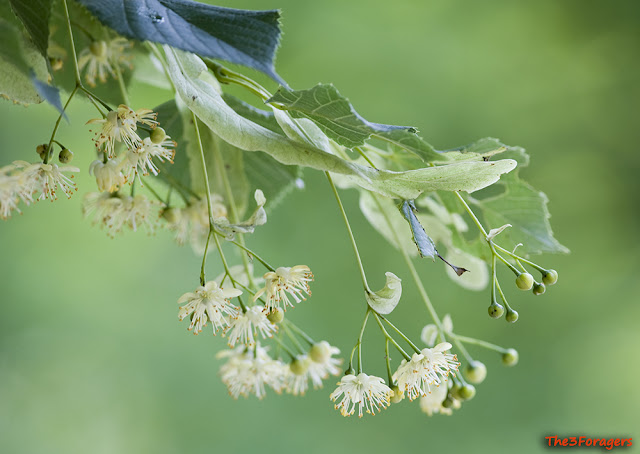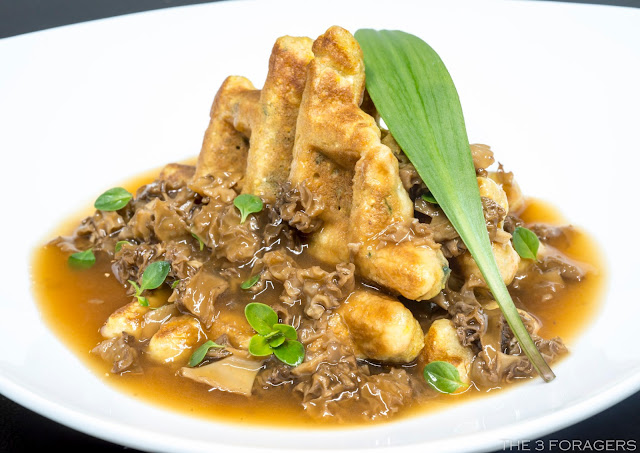 We usually head out to a warm and tropical location during the middle of a New England winter, so we did a little research into the fungi of one of our destinations, Maui. A good deal of the fungi on Hawaii are alien, introduced with vegetation and soil from other places, therefore, many of the mushrooms are familiar to us. Only an estimated 17% of fungi are considered native Hawaiian species. Fungi can be found almost all year in the subtropical environments, but the more abundant season is from July through January. Fallen palm leaves and casuarina needles, along with dead wood, coconut husks, lawns, and compost piles of mulch are all good places to look for fruiting mushrooms. We purchased Mushrooms of Hawaii by Don Hemmes and Dennis Desjardin to help us identify the mushrooms we found. On Maui, we visited the very wet area of Hana, and took the walk to Honolua Bay through a very wet forest gully.
We usually head out to a warm and tropical location during the middle of a New England winter, so we did a little research into the fungi of one of our destinations, Maui. A good deal of the fungi on Hawaii are alien, introduced with vegetation and soil from other places, therefore, many of the mushrooms are familiar to us. Only an estimated 17% of fungi are considered native Hawaiian species. Fungi can be found almost all year in the subtropical environments, but the more abundant season is from July through January. Fallen palm leaves and casuarina needles, along with dead wood, coconut husks, lawns, and compost piles of mulch are all good places to look for fruiting mushrooms. We purchased Mushrooms of Hawaii by Don Hemmes and Dennis Desjardin to help us identify the mushrooms we found. On Maui, we visited the very wet area of Hana, and took the walk to Honolua Bay through a very wet forest gully.Some of the most stunning finds were boring old polypores! These Microporus affinis are found on fallen branches in wet, often tropical areas. This fan-shaped bracket has a velvety, ridged cap with concentric zones of brown, red, yellow, blue, orange, and black and often have a zone of green algae. On the underside of the cap are very small white pores, best viewed with a hand lens. Distinctive characterisics for this species are the saucer-shaped depression in the cap near the stem, and the very short, lateral, black "foot". We successfully collected and dried several specimens, and they retained most of their color. A few of these were as large as my hand.
This is another, albeit less exciting, polypore showing the upper cap surface and the pores. We don't really know where to begin with its identity.
These two black blobs on dead wood are Ascomycota, and look very similar to species we have growing here in temperate Connecticut. The round one is a species of Daldinia; we didn't bring along any KOH to test for staining to try to narrow it down further (darn TSA and all those liquid/chemical regulations!). The finger shaped one is one of the many Xylaria.
This LBM is a sweet example of Gymnopus menehune. In Hawaiian mythology, the Menehune are said to be a people, sometimes described as dwarfs in size, who live in the deep forests and hidden valleys of the Hawaiian Islands, far from the eyes of normal humans. Their favorite food is the maiʻa (banana), and they also like fish. These gilled mushrooms are fairly common, and we came across many groupings of them in December.
It is easier to spot these bright polypore brackets in a forest than the duller brown ones. These were the very abundant Pycnoporus (Trametes) sanguineus, a tropical version of the Pycnoporus cinnabarinus we have in Connecticut. The pore surface is also bright cinnabar-red and the top surface of the caps is zoned in mixed shades of oranges and reds. Some folks collect these to dye textiles. From Wikipedia: Medicinal uses of P. sanguineus help relieve symptoms of the following diseases: arthritis, gout, styptic, sore throats, ulcers, tooth aches, fevers, and hemorrhages. P. sanguineus also displays numerous anti-bacterial properties against E. coli, K. pneumoniae, P. aeroginosa, S. typhi, and S. aureus by inhibiting specific metabolic pathways. Currently, P. sanguineus if being used in medicine for the absorption of certain heavy metals contained within the blood stream.
Here are a trio of jelly fungi. Even in Connecticut they pop out after it rains, and it certainly has been a rainy year here on Maui. We didn't identify he top, amber jelly. The second, white jelly is Tremella fuciformis. It is widespread, especially in the tropics, where it can be found on the dead branches of broadleaf trees. This fungus is commercially cultivated and is one of the most popular fungi in the cuisine and medicine of China. Tremella fuciformis is commonly known as snow fungus. The third, orange jelly is likely Dacryopinax spathularia, another edible, yet small fungi specimen. We found it twice, once growing from a wooden rail, and again growing from the side of a wooden house!
This is a colony of small, crumbly fungi is Coprinellus disseminatus. They don't deliquesce like other members of the inky mushroom group, they just get darker and crumble up. One log section can hold thousands, in different stages of growth from pins, to babies, beautiful white caps, and older, darkening caps. Gillian calls them "ghost mushrooms" because they look like white versions of the ghosts from Pac-man.
















































































































































